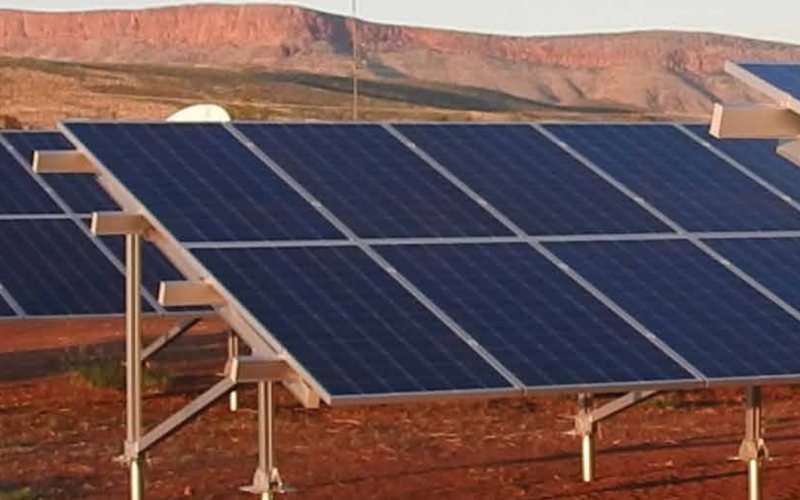
It appeared the Northern Territory Government was so busy fracking around with gas in recent times, it had forgotten its renewable energy commitment.
One of Territory Labor’s 2016 election commitments was a target of 50% renewable energy by 2030. But it wasn’t until late November last year that the critical Roadmap To Renewables report was released. That report suggested solar energy be the technology of choice, supported by energy storage. Since then, relatively little had been said about it and the target.
That changed yesterday when the Gunner Government announced the forming of the Northern Territory Electricity Market (NTEM), which it says will help ensure renewable energy projects are developed in a way to provide lower cost generation and reliable power in the in the Darwin-Katherine network.
The NTEM is expected to be operational within the next year.
Feed In Tariff Review
A review of supply and feed-in tariffs in the Territory will get under way next month. One of the previously stated goals of the review is to encourage uptake of solar power – and for those already who have panels installed, solar battery systems.
The Electricity Tariff Review submission period will be open for 6 weeks and will help inform a report advising the government on options for “efficient electricity retail tariffs and complementary feed-in tariff”.
A draft tariff policy position paper will be released to the public in 2019, with a further feedback period before anything is finalised.
The NT feed in tariff is currently the most generous in the country for new solar installations. It’s based on a gross model pegged at the same rate as electricity supply for both residential and small commercial solar systems. The only downside is installing solar in Darwin and elsewhere in the Territory tends to be more expensive than elsewhere in Australia.
Rental And Public Housing
Also in the pipeline is a review of national and international programs that support renewable energy investment for rental and public housing. This is particularly important for the Territory due to its high proportion of renters and public housing tenants.
The full NT Renewable Energy and Electricity Market Reform Implementation Plan 2018-19 can be viewed here (PDF)
Katherine Solar Farm PPA
The government also announced a power purchase agreement (PPA) between Jacana Energy and Katherine Solar Pty Ltd in relation to Katherine Solar Farm, which was approved for development last year.
“This agreement between Katherine Solar and Jacana will increase renewable energy use in the Territory by between 3 and 4%,” said Territory Minister for Renewables and Essential Services Dale Wakefield. “It’s a huge step towards our renewable energy target and will put downward pressure on electricity prices.”
Jacana Energy is the Northern Territory’s largest electricity retailer and is owned by the NT Government. Jacana was created as part of the structural separation of Power & Water Corporation in 2014.
The Gunner Government notes Katherine Solar Farm is the first of a number of large-scale solar projects proposed by investors for the NT.

 RSS - Posts
RSS - Posts



Interesting over the weekend 4-5/3/20 , amidst a pandemic, the local power retailer, Jacana energy, a part of a previously privatised public asset, has cut the parity feed in rate of .23 c per kwh plus gst to 8c per kwh.
There goes a large part of the solar industry unless people fit batteries , which are problematic in the top end due to our high ambient temperatures and humidity. Conventional( read programmed into charge controllers) charging algorithms are too high unless your battery room is kept at 25 deg c.
The Commonwealth lighthouse service found this 30 plus years ago when lighthouses were converted to solar and the charging voltage had to be reduced